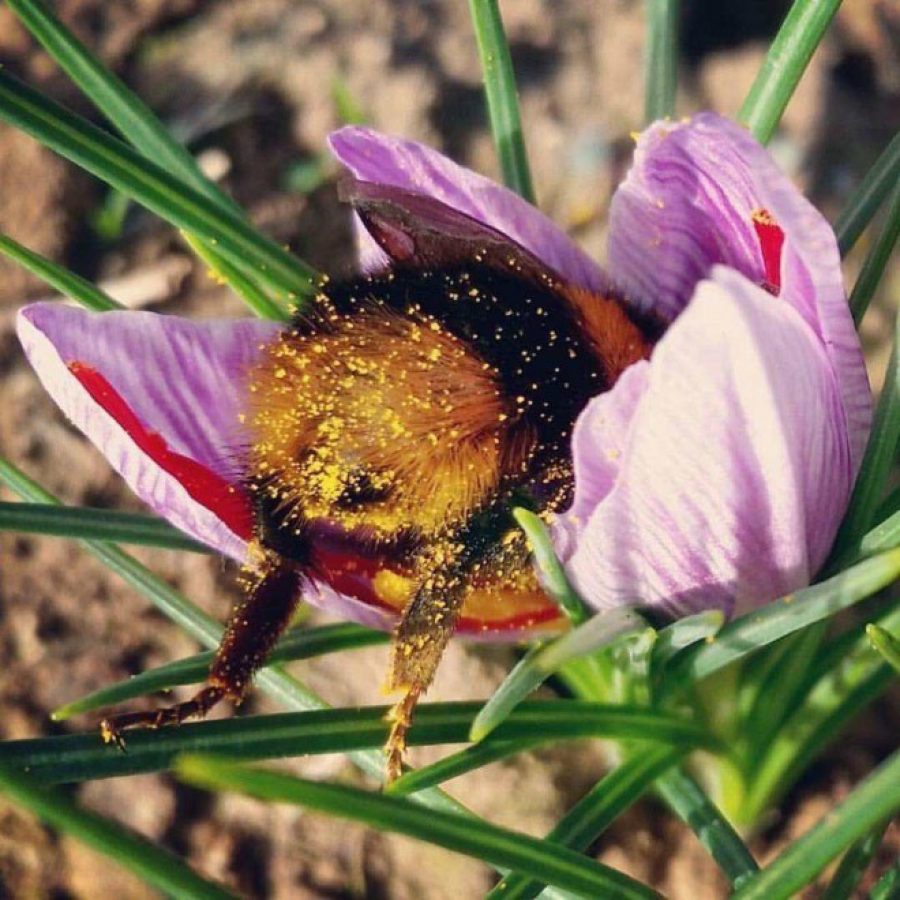Our bee themed Flisat table activity
Written by Hannah
It's the eve of Spring and as the flowers start to burst forth, so come the bees. I love bees! They have to be one of the cutest insects around. I say “one of” because if you’ve ever seen a Rosy Maple Moth then you’ll understand there are other cutesies out there.
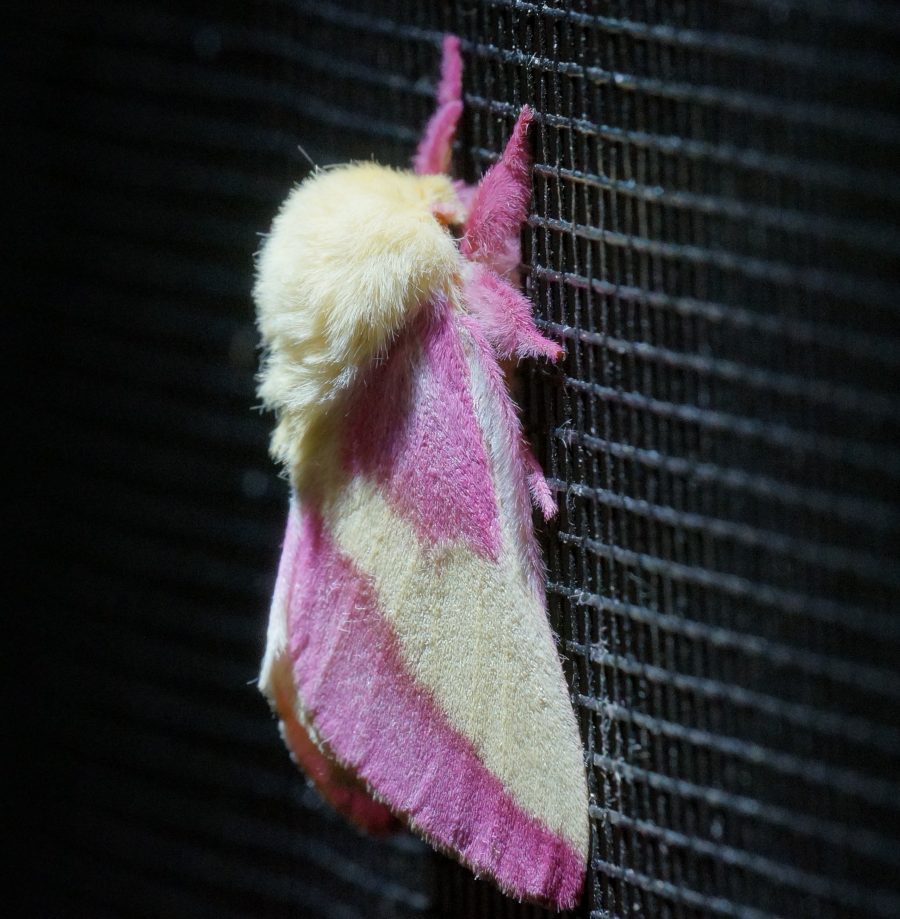
Bees are such important parts of our ecosystem that I really wanted to spend more time teaching Artie about all their wonderful traits and the job they do. Last Spring/Summer the first insects she had ever seen in real life were bees and she’d stare mesmerised as they buzzed around our lavender plants and flowers.
I love doing themed activities because not only is it fun to set something new and exciting up, but we both get to learn so much about the subject matter.
Before I get to the play table set-up I want to tell you a few interesting facts about bees that I came across as I was reading up about bees:
There are over 20,000 types of bee in the entire world of which 270 species live in the UK
The most common bee in the UK is the bumblebee but there are 20 species of the bumblebee alone here
Bees have 6 legs, 5 eyes, 4 wings, a 3-part body, 2 antennae and 1 proboscis
A bee will produce 1 tablespoon of honey in its entire lifetime
The queen bee can live up to 5 years whereas a worker bee will live for around 5-6 weeks
Bees communicate by dancing - they do a waggle dance (figure of 8) to show which direction the food is in
Bees eat nectar and pollen from flowers and plants
Bees are good at maths
Sadly the number of bees is rapidly declining and one of the reasons may be from electromagnetic radiation - from mobile phones.
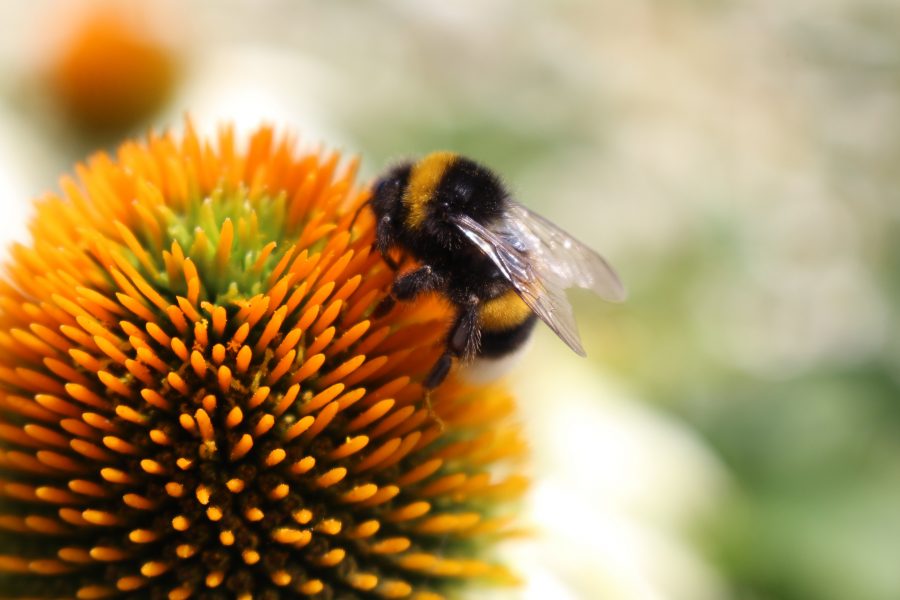
Activity set-up
I used our Flisat table for this activity (find out how to get started with a Flisat table) but all you need is a bit of space, a couple of boxes or a flat surface.
The boxes
I wanted to create a bee-scene to give context to the entire play. I initially mentally sketched out what I wanted to make and then decided on the medium - rice. I thought rice would give me more flexibility when putting the scene together. You could just as easily use chickpeas, beans or oats if you wanted.
I dyed rice using food colouring in the colours I wanted for the scene. Once they were dry I could put it all together. At this point I actually did sit down and sketch out what I wanted to make. Then it was just a case of a couple of teaspoons, a knife and some patience!



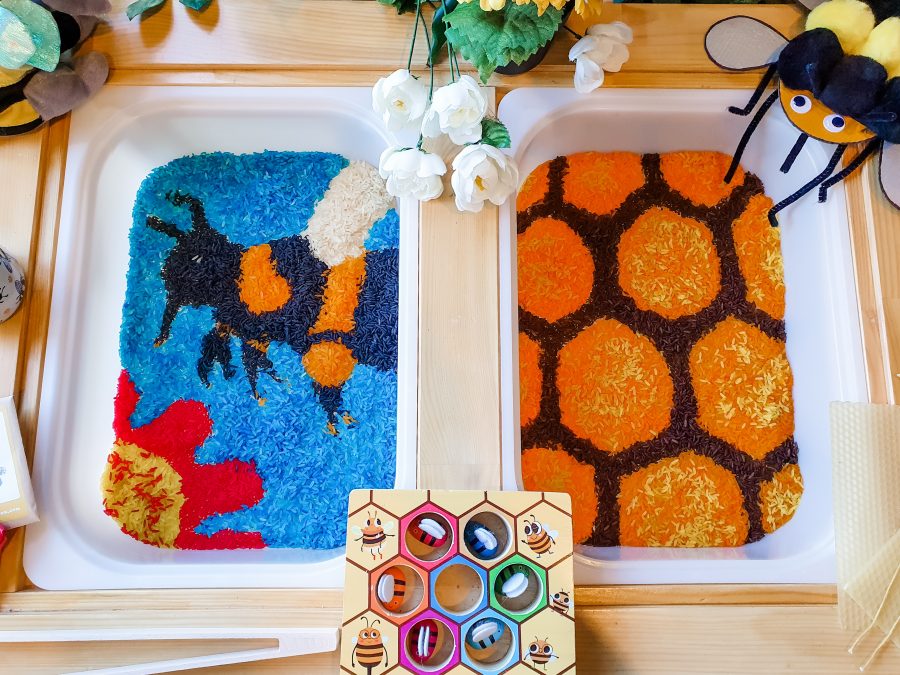
Cardboard bee
I thought it would be cute if Artie had a little bee she could play with too to learn about the anatomy. She’s still young but understands a lot already about our own bodies and has an interest in other mammals and insects and how they’re different to us.
I had some cardboard from a delivery I’d received so I got a sharpie and drew out the body of the bee with the stinger.
I wanted some moveable parts so I cut out the wings with a little tag that I could glue to the body so they’d be easy to move.
Texture and sensory are all important parts of learning about the world so I also glued some 5cm wide pom poms onto the relevant sections.
For the proboscis and the legs I had some black pipe cleaners which I taped to the body.
Don’t forget the googly eyes… And there we have our bee!





Bee produce
Of course one of the things that a bee does (apart from their part in pollination) is to make honey. We tend not to give Artie any refined sugar, when we do it’s on special occasions. This extends to other sweet things like honey too although she does have it sometimes it’s just not very often. I thought it’d be nice for her to try natural honeycomb to try to enforce the connection about what they do. I bought this honeycomb for her to try.
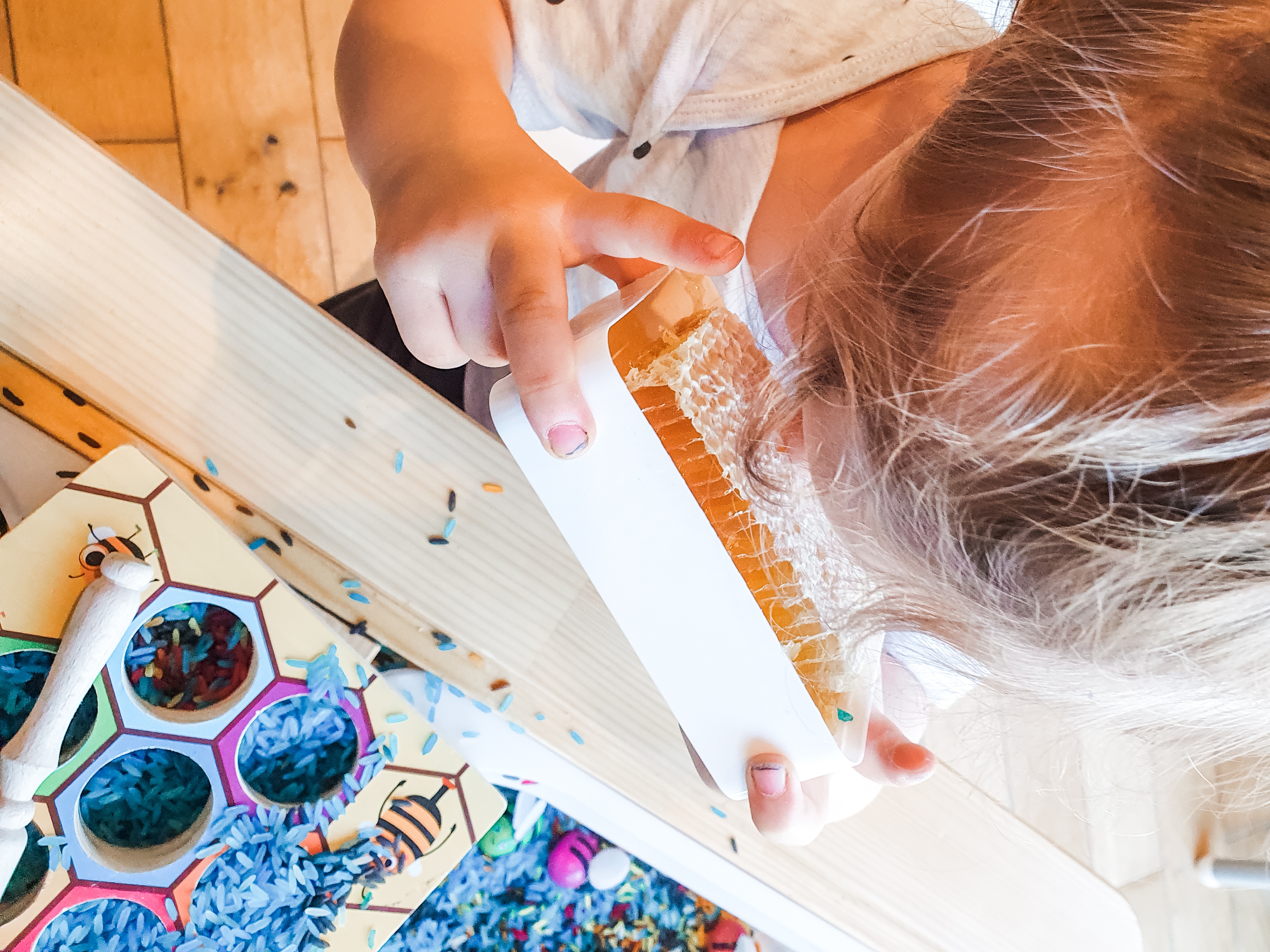
If you are going to give your little ones honey, please make sure they are over 1 year old and not immunocompromised as sometimes honey contains bacteria which can cause botulism
The other thing I got hold of was a beeswax kit for making candles. I thought it was a nice way to introduce her to candles and other uses for the things that bees make.
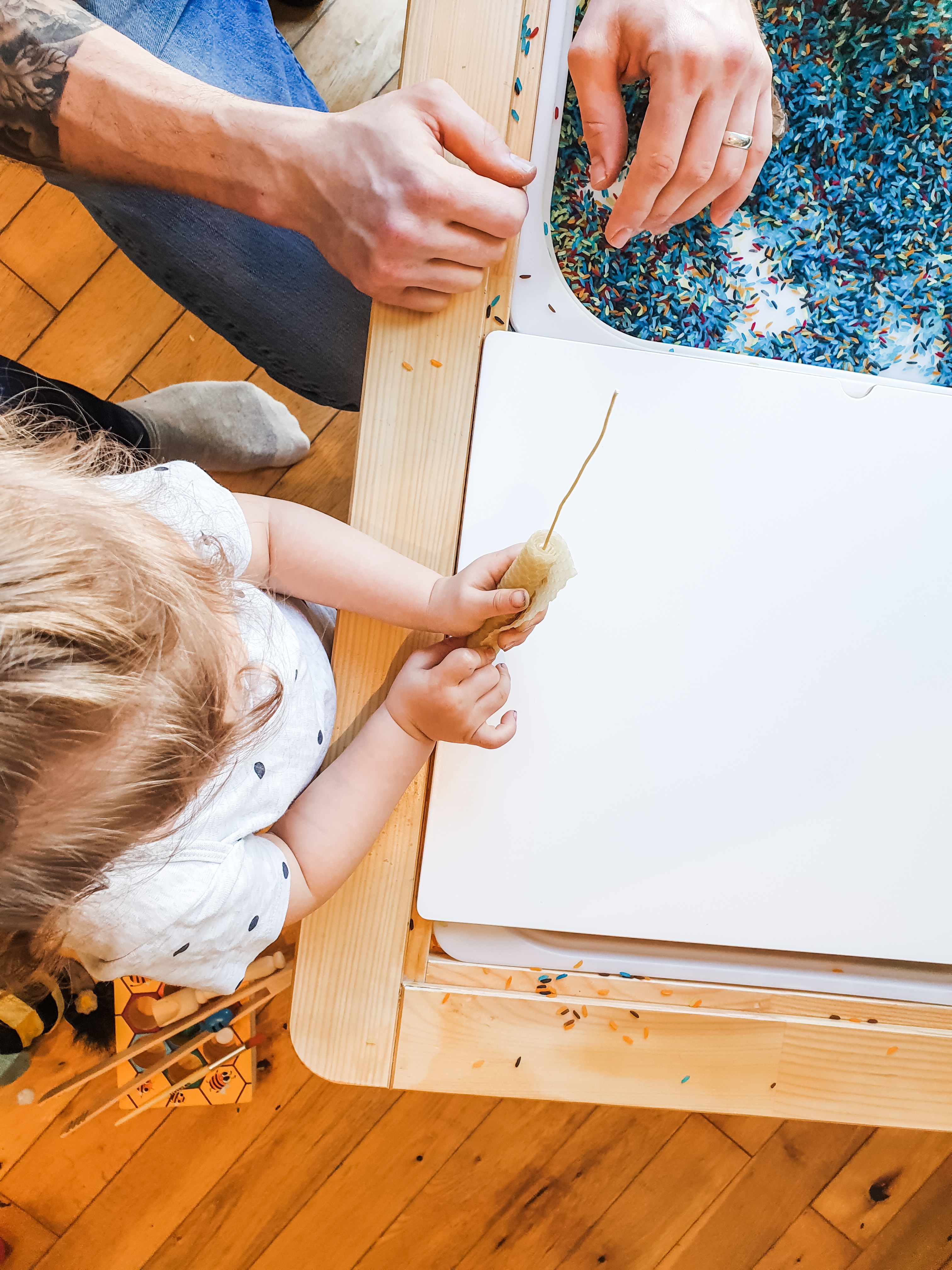
Give back to the bees
I’ve been meaning to do more gardening with Artie but we haven’t had the chance yet. This was the perfect opportunity to do a little seed planting and give back to the bees and insects. I have a little bee plant pot so we added soil, made little wells that we could place seeds below the surface, covered the seeds and watered. From today we’ll make sure to keep it watered and in the sunshine.
If you want to do the same I’ve listed some great bee-friendly plants below.
I wanted to get a book about bees but I couldn’t find one that looked educational and suitable for a two year old. However there are lots of beautiful books about bees out there if you have a look. I’ll definitely be getting the “Why do we need bees” book by Katie Daynes and Christine Pym when she’s a bit older.
Best bee friendly plants
If you fancy helping the bees from home, you can plant a few of your own seeds. Here are the top ten bee friendly plants:
Lavender
Viper's Bugloss
Mahonia
Hawthorn
Bluebells
Rosemary
Crocuses
Crab Apple Trees
Ox-eye daisy
Support the bees!
There are a few bee charities out there, so if you want to help to save the bees please have a look at the links below and see how you can help to support them:
Fauna Flora - https://www.fauna-flora.org/appeals/help-save-bees
British Beekeepers Association - https://www.bbka.org.uk/
Bumblebee Conservation Trust - https://www.bumblebeeconservation.org/
Bee Friendly Trust - https://beefriendlytrust.org/
British Bee Charity - https://www.britishbeecharity.com/
Bug Life - https://www.buglife.org.uk/
The Wildlife Trusts - https://www.wildlifetrusts.org/savingbees
Bee Coalition - https://www.britishbeecoalition.org/
I hope you enjoyed this bee-themed play. If you've set up a bee-themed activity post about it below or get in touch. I'd love to see what you've been up to!
Bonus
If you've not seen Tired Bumblebees Who Fell Asleep Inside Flowers then you're welcome! I never realised It was possible to fall in love with bumblebee butts.
